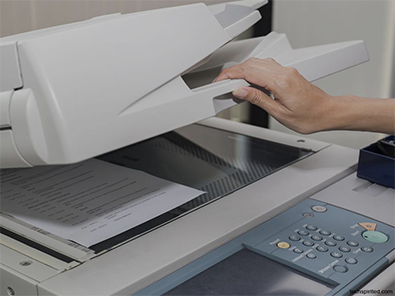HP Printers
Solid ink printers, as the name suggests, are printers that use solid inks. Their way of printing is different because of the different types of ink they use. These printers were first introduced in the market in the 1990’s. Their advantages from different printing types and inks led to strong market acceptance. Since then, the solid ink printer has undergone many changes. Many printing houses and businesses use the current printer version, which is an excellent piece of technology.
Functioning
The key feature of solid ink HP printers is their solid ink, which melts for application onto paper, similar to an inkjet printer. Initially, these printers used a heavy print head that oscillated between the inkjet and the paper, causing movement issues. To solve this, manufacturers fitted the printers with a drum that sprays the ink. This drum rolls onto the page, transferring the ink effectively. This mechanism resembles the function of an offset printer, allowing for efficient printing without the drawbacks of the original design.
Pros and Cons
Solid ink printers offer significant advantages, primarily due to their high-quality ink. Unlike other printers, solid ink doesn’t require drying since it remains solid at ambient temperatures. This results in vibrant, vivid prints because the ink sits on the paper’s surface instead of sinking in. Additionally, solid ink printers do not produce ozone during printing, making them more eco-friendly. They also generate less waste since the ink comes in solid form, eliminating the need for disposable cartridges. This lack of cartridges avoids compatibility issues, allowing users to choose from various quality inks. Furthermore, these printers are versatile, as they don’t heavily depend on the type or size of paper used.
Some of its disadvantages are closely linked to its advantages. The ink that gives great prints can easily come off the page if you scrape it with a fingernail. Such printers are not apt for printing letterheads or pages that have to pass through another printer. The heat from laser printers and the like can melt the ink on the page. The ink also fades on exposure to UV or the sun’s rays due to the use of organic colorants. A bad ink block with impurities can easily clog the inkjet. Because of the ink’s characteristic of freezing and melting, sudden stops and interruptions in printing result in ink wastage. The machine itself uses great amount of power. The machine’s complexity, with its rolling drum rotating at high speeds, requires periodic belt replacements, which can be costly.


